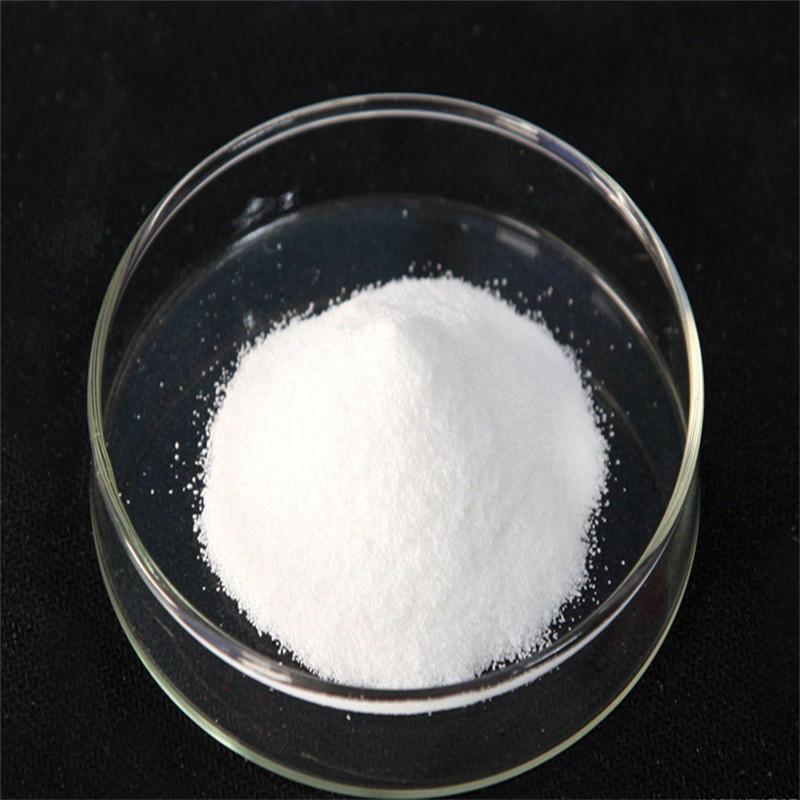Engine oil issues are among the most common problems in internal combustion engines. These failures can manifest in various ways and may be caused by multiple factors, directly impacting engine lifespan and increasing operational costs. Understanding how to diagnose and resolve these issues can lead to significant cost savings and improved efficiency.
First, let's look at the common symptoms of oil burning:
1. The oil level in the oil pan drops noticeably without any visible leaks from the engine.
2. There is a strong smell of burnt oil coming from the exhaust pipe.
3. The exhaust appears blue in color, indicating oil combustion.
4. The exhaust manifold and nozzle are wet or oily.
5. Oil stains are found around the exhaust vent.
6. Occasionally, oil droplets are seen exiting the exhaust pipe.
Next, let's explore the possible causes of oil burning:
1. Excessive clearance between the cylinder and piston.
2. Severe wear on the piston rings, leading to large opening and side gaps.
3. Incorrect installation of the piston rings, such as reversed orientation.
4. Too much clearance between the valve and its guide.
5. A blocked crankcase ventilation hole, which prevents proper pressure balance.
The consequences of oil burning can be serious:
1. Increased oil consumption.
2. Higher fuel usage due to inefficient combustion.
3. More carbon buildup, accelerating wear on engine components.
4. Faster oil degradation due to increased under-breathing.
5. If oil is not replenished in time, it can lead to severe damage to the engine’s bearing shafts.
Finally, the approach to resolving oil burning depends on the specific situation:
1. In newly repaired multi-cylinder engines, slight oil burning during the initial run-in period is normal. However, if one cylinder consistently burns oil, it might indicate faulty piston rings, such as breakage or loss of elasticity.
2. During regular operation, if a single cylinder starts burning oil, it is often due to piston ring issues like being stuck, worn, or damaged. Replacing the rings with original equipment manufacturer (OEM) parts is recommended. If the issue persists, consider using high-quality aftermarket alternatives.
3. When an engine is nearing its scheduled maintenance, it's normal for all cylinders to burn a small amount of oil, as this may indicate that the engine is due for an overhaul.
By understanding these symptoms, causes, and solutions, you can better maintain your engine and avoid costly repairs. Regular inspections and timely maintenance are key to preventing oil burning and ensuring long-term performance.
Adipic Acid
Adipic acid is mainly used in producing nylon fiber and engineering plastics, and polyurethane in quantity. Most of parts are used to produce PU, liquid for sole, polyurethane foam, etc. A small number of them are used for high quality lubricating oil.
High quality ester of adipic acid can be used as PVC and its copolymer, plasticizer of natural synthetic rubber. A large number of adipic acid ester is used to produce food packaging, thin film and PVC for insulation.
Adipic acid is also used for sour agent of food and drink. It is not easy to deliquesce, so it is used in dry food, and can be kept in a long time.

Adipic Acid 124-04-9,Adipic Acid,Adipic Acid Raw Material,99.7%Min Adipic Acid,Fine Adipic Acid
Shandong Tiancheng Chemical Co., Ltd. , https://www.tianchengchemical.com
